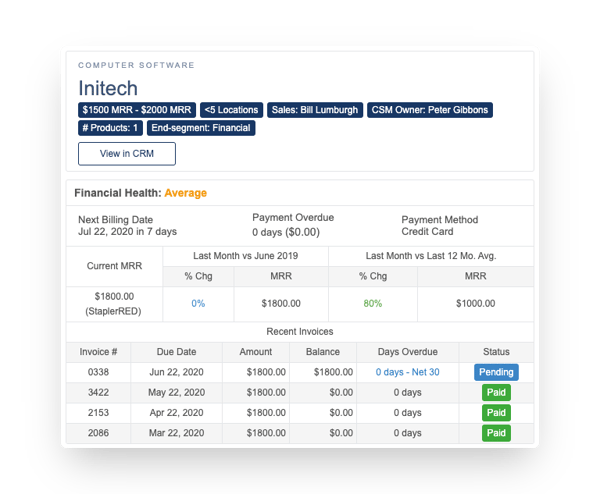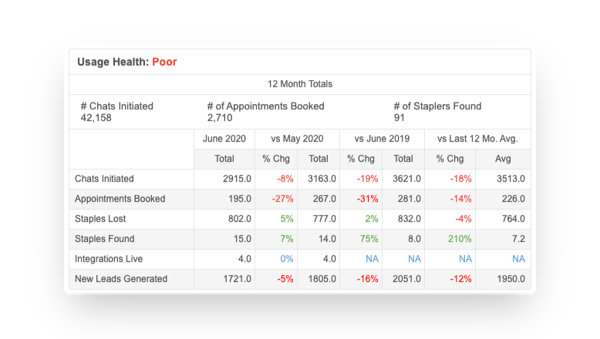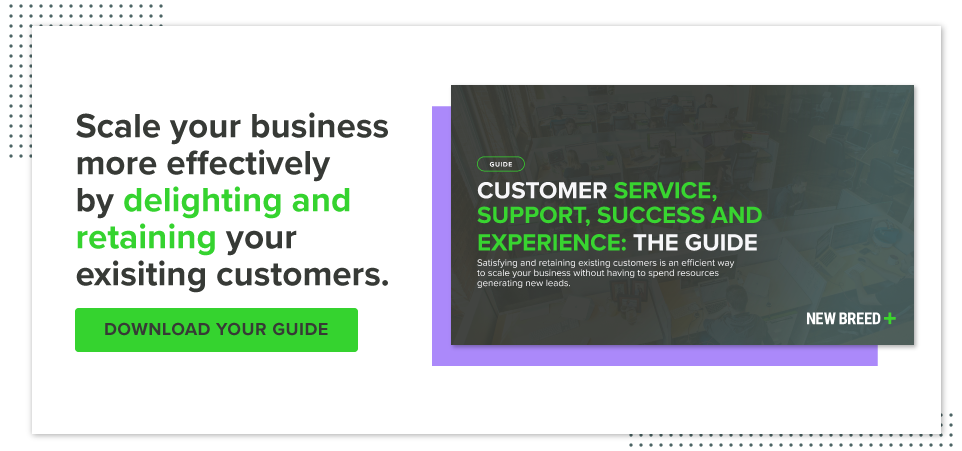Why You Need to Have a 360-Degree View of Your Customers

Customer experience is complex and three-dimensional. To truly understand the reality of what a customer’s engagement with your company is like, you need to analyze it through different lenses and from different angles — otherwise, you’ll be lacking information and perspective.
A Customer 360 is a report that compiles all the aspects of a customer’s experience so you can have a one-stop-shop to understand a customer.
“A customer 360 takes the complex three-dimensional nature of the customer experience and simplifies it into a clear, easy and repeatable way to understand it,” says Mike Redbord, the Senior Vice President of Operations at SaaSWorks.
How You Benefit from Having a 360-Degree Customer View
While your company might have tens, hundreds or thousands of customers, each individual customer is only aware of their own experiences with your company. Furthermore, while businesses may have the different aspects that make up the customer experience siloed in separate departments, for the customer it’s all a single narrative.
“For any kind of interaction that you do, you need to meet the customer where they are and that involves knowing all their history,” Mike says. “From the customer’s standpoint, it’s not as if that support interaction is independent from the bill that they pay you — internal to your company it may be, but from the customer point of view, it’s all the same relationship with you.”
Failing to understand the full picture of a customer’s experience can lead to you not providing value to them. If you start sending marketing materials about a premium upgrade opportunity to a customer who just downgraded due to financial hardship, that’s not going to leave a positive impression. Or, if a customer submits a fourth ticket about the same issue and gets asked to re-send information they’ve passed on to your support team multiple times already, they could lose confidence in your company and churn.
Having a 360-degree view of your customers enables members of your team to act in a contextually relevant manner with every customer and base each conversation around unique needs instead of general boilerplates.
“When you interact with a customer, you have to meet them where they are, which is in their own reality. To me, the entire point of a 360 is to come up to speed on that customer’s reality as fast as you can and make sure you’re not missing anything,” Mike says.
Whether you’re prepping for a regularly occurring check-in meeting, you’re reaching out because you think a customer is a good fit for a new release or you’re following up on a support request that didn’t go well, leveraging a customer 360 can improve your ability to address a customer’s needs.
The Components of a Customer-360
There are four components of a customer 360: account vitals, financial health and history, usage health and engagement. Information compiled from these four categories will give your employee a quick way to gain the best understanding of a customer’s circumstances and needs.

1. Account vitals
Account vitals include information like the name of the account, how much they pay you, who the sales owner for the account was, who’s the current account owner, what products the account uses, what industry the account is in and what types of customers the account serves.
2. Financial health and history
The financial component of a customer 360 encompasses an overall summarization of the account’s financial engagement with your company (typically represented as a score) and then specific details about their payment history in terms of timeliness, billing amount, payment method, invoicing history and the impact that product changes have had on their payments.
3. Usage health
What “usage” refers to will depend on your product or service, but it generally measures a customer’s consumption, outcomes and/or value realization. For one company, usage health could be primarily focused on how many product features a customer is using. For another, it could be about the ROI a customer is seeing from the services they’re paying for.

The usage component of a customer 360 should contain an overall health score, details about critical usage metrics (which will vary company to company) and information about how usage has changed over time.
4. Engagement
Engagement is all of the customer-vendor interactions, such as marketing communications, sales conversations, customer success interactions and support engagements.
In addition to presenting all of those different interaction types into a single timeline, a customer 360 will also have an overall engagement health score signifying whether or not a customer’s behavior is normative.
The Takeaway
Since customers have one-to-one relationships with vendors, they expect that level of service from the companies they do business with. Companies can’t allow their internal siloes or the number of accounts they work with hurt the individual engagements they have.
But, it can be difficult for customer-facing employees to access all the data they need to get a full understanding of an individual customer’s experience. Customer 360s are a tool that pulls all that data into a single, easily accessible location.
While customer 360s aren’t the end-all be-all of customer service — you need humans to interpret and act upon the information they give — they enable your team to deliver better service, faster, to a larger number of customers.
Quinn Kanner
Quinn is a writer and copyeditor whose work ranges from journalism to travel writing to inbound marketing content.





